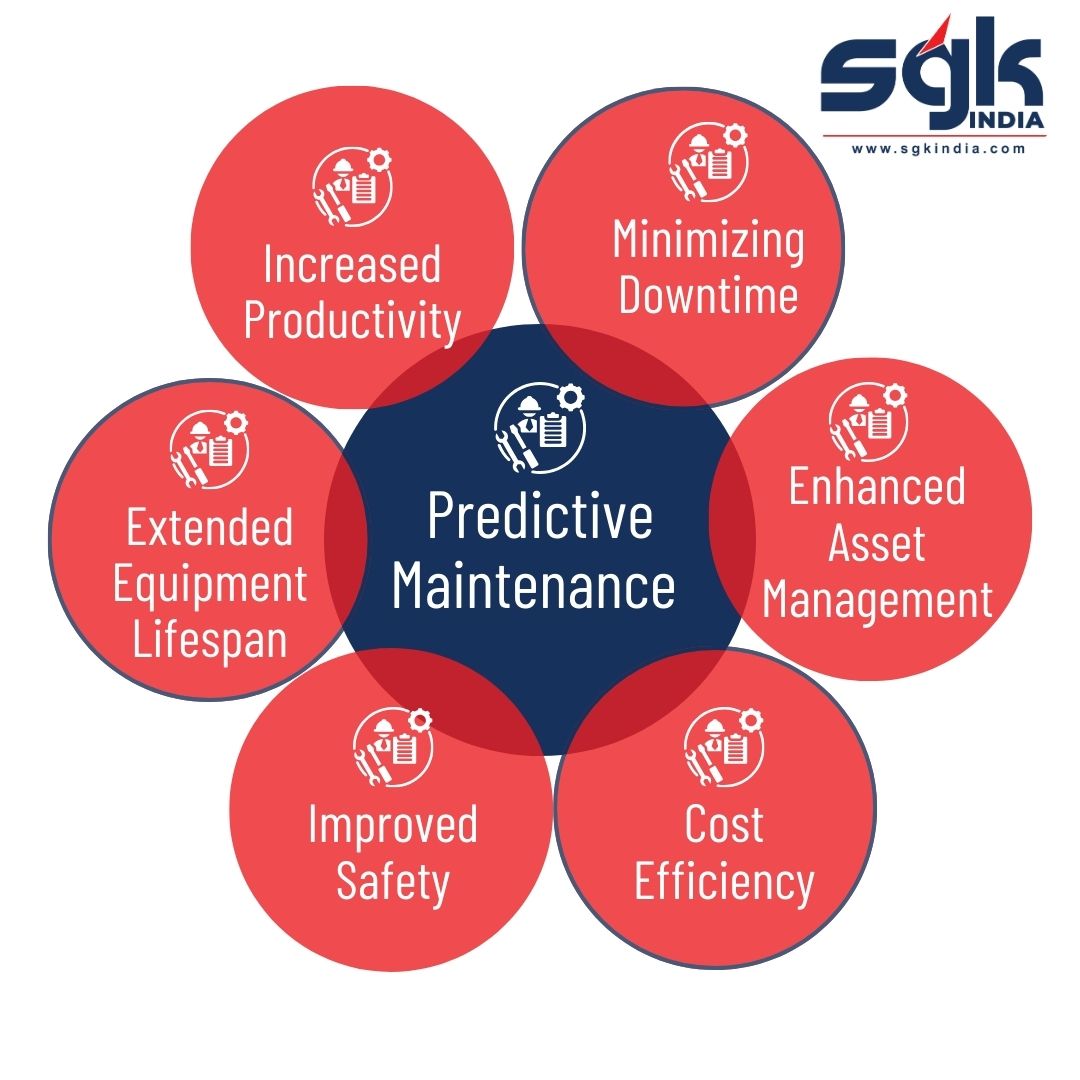India’s auto industry is booming. However, with excellent production comes significant maintenance challenges.Among the innovative approaches, predictive maintenance is the game-changer in automobile landscape transformation. This article dives into the potential and pitfalls of implementing predictive maintenance in Indian automobile manufacturing.
Importance of Fault Prediction and Diagnosis
Slashing Downtime:
Every minute of downtime in an auto manufacturing plant can lead to remarkable losses. Predictive maintenance helps you pinpoint potential equipment failures before they occur. It allows proactive repairs, minimising disruptions and running your production line smoothly.
Cost Savings:
Companies can reduce unnecessary maintenance tasks and lower overall maintenance costs by accurately predicting maintenance needs. This optimization of resources can significantly impact the bottom line.
Extended Equipment Lifespan:
Predictive maintenance allows you to identify minor issues before they multiply into major breakdowns, thus extending the lifespan of your expensive equipment.This reduces frequent replacements and increases savings in both money and resources.
Prioritizing Safety:
Well-maintained machinery and their surroundings are safe for people to work. Predictive maintenance helps identify potential safety hazards before accidents occur.
You can take timely corrective actions by pointing out these issues early, ensuring a safer work environment for your employees.
Advantages of Predictive asset management
Cost Efficiency:
No more unnecessary checkups! Predictive maintenance pinpoints exactly when equipment needs attention, streamlining your maintenance schedule and saving on labor costs.You only fix what’s broken. By identifying issues before they become significant problems, you avoid wasted materials and parts replacements, keeping your bottom line healthy.
Increased Productivity:
Less unplanned downtime means higher productivity. Predictive maintenance helps maintain consistent production levels, meeting market demands effectively.
Smarter Asset Management:
By analyzing sensor data, you better understand your assets’ health. This allows for efficient resource allocation and maximized asset performance.
Focus your resources on machines that truly need attention, not routine checkups. Approaching issues proactively keeps your equipment running perfectly, stretching its lifespan and maximizing value.
Data-Informed Decision Making:
Predictive maintenance is about tackling the power of data. Sensors endlessly collect information, allowing you to reveal trends and potential problems before they become critical.
Disadvantages
Expensive Startup:
Implementing a predictive maintenance strategy requires an initial investment in money and time. It requires investment in sensors, software, and training employees to know and use the system effectively.
Complexity:
Establishing and continuing a predictive maintenance system can be complex and challenging. Organizations might need to hire specialists or outsource these tasks, adding extra cost to the pocket.
Data Security:
Predictive maintenance depends on collecting and analyzing sensitive data about your machines. This requires strong cybersecurity measures to protect this data from breaches and ensure conformity with data protection regulations.
False Alarms:
Unduly sensitive predictive maintenance systems can trigger false alarms, indicating problems that aren’t there. This can lead to unnecessary maintenance activities, wasting time, resources, and disrupting operations.
Compatibility Constraints:
Not all machinery is readily compatible with Condition-Based Maintenance (CBM). Reassembling older equipment with sensors and monitoring systems can take time and effort.
Predictive Maintenance: A Must-have for Indian Auto Manufacturing
Predictive maintenance (PM) is rapidly changing the Indian automobile manufacturing landscape. While it has significant advantages like reduced costs, boosted productivity, and enhanced safety, there are pitfalls to address, including upfront investment, system complexity, data security, and equipment compatibility.
For Indian manufacturers to get the maximum benefits of predictive maintenance, a strategic approach is vital. This involves:
- Meticulous Needs Assessment: Companies must clearly state their requirements to ensure PM implementation matches their goals.
- Investing for Success: The necessary technology and expertise are crucial. Investing in the right tools and training empowers effective utilization.
- Continuous Performance Monitoring: Regular system evaluation guarantees optimal performance and identifies areas for improvement.

